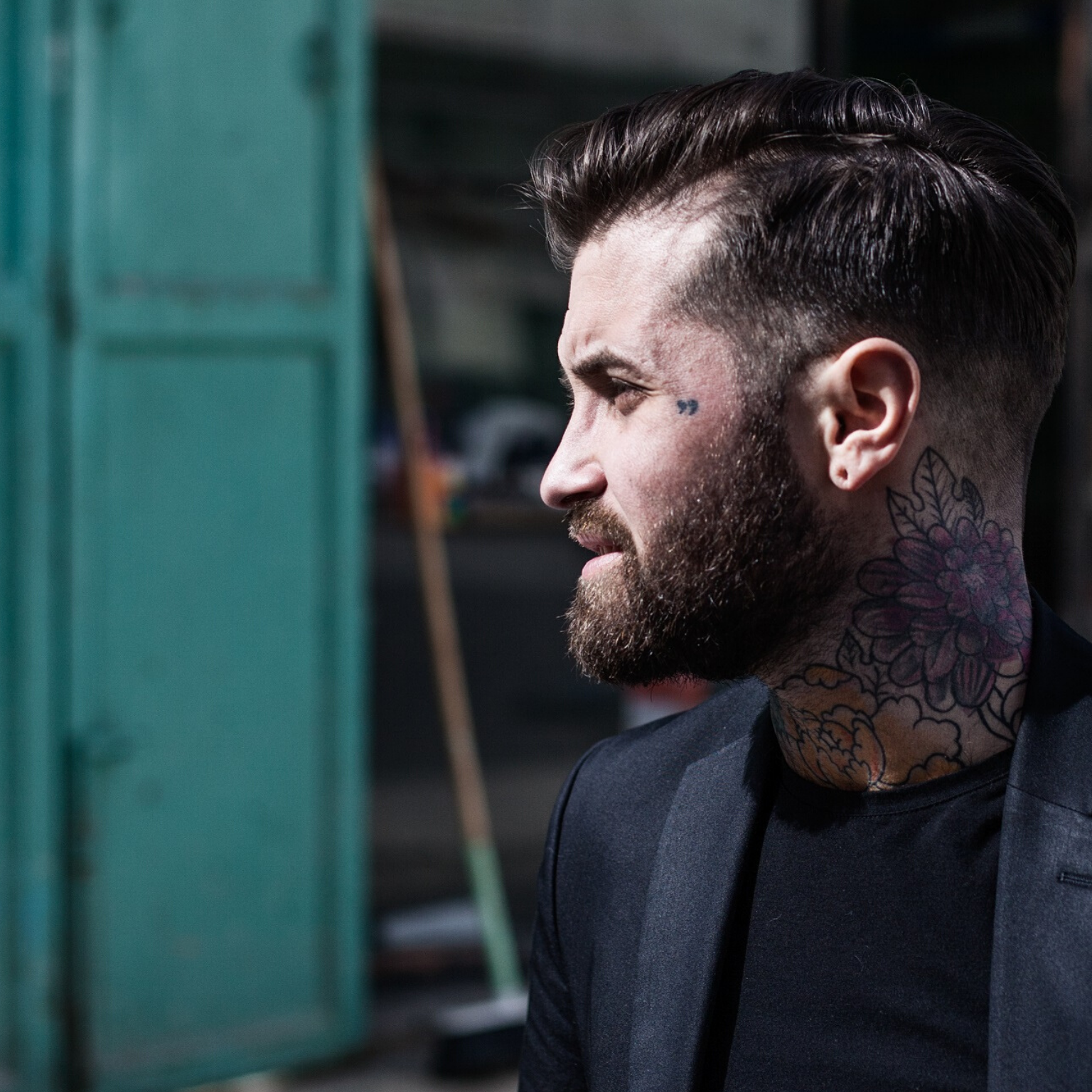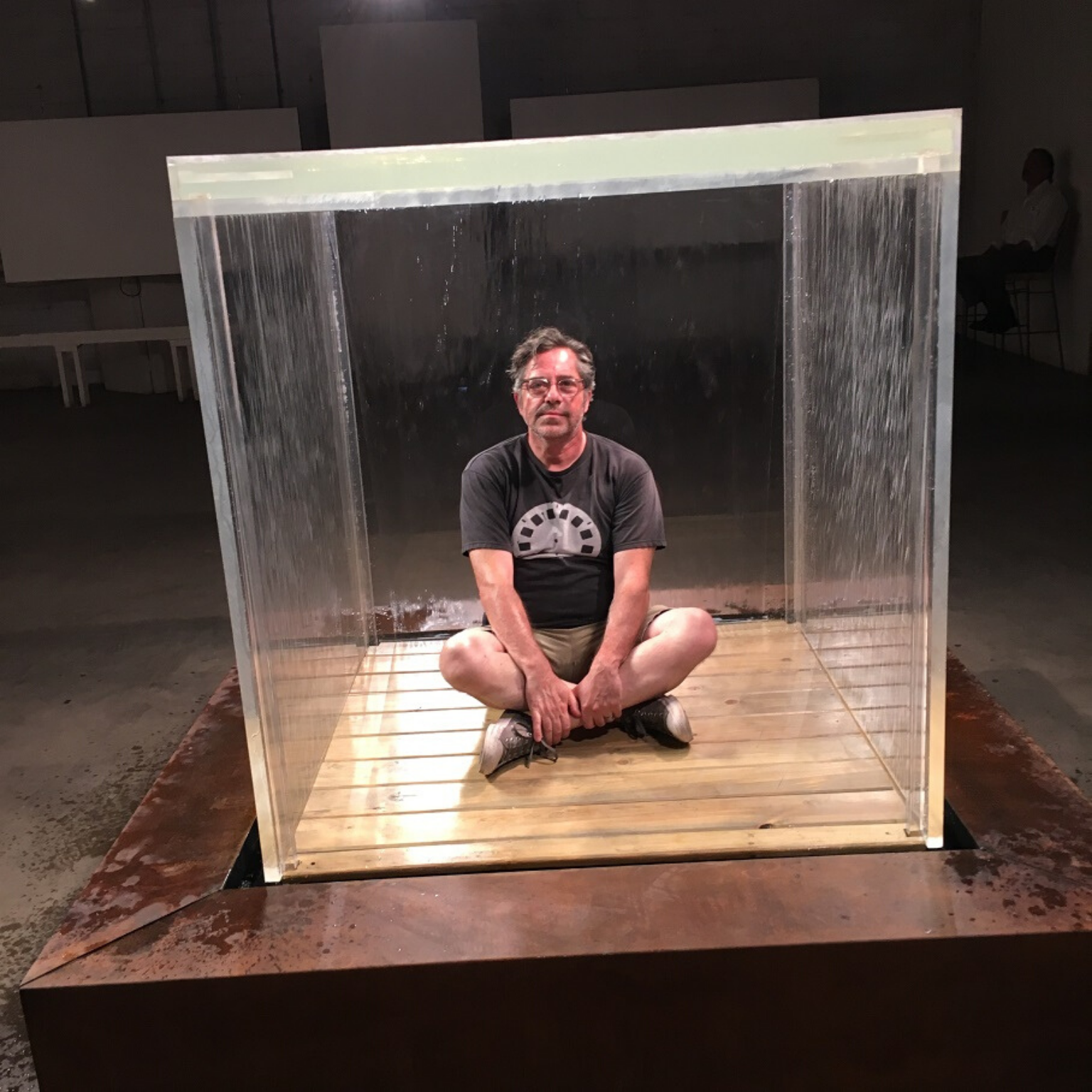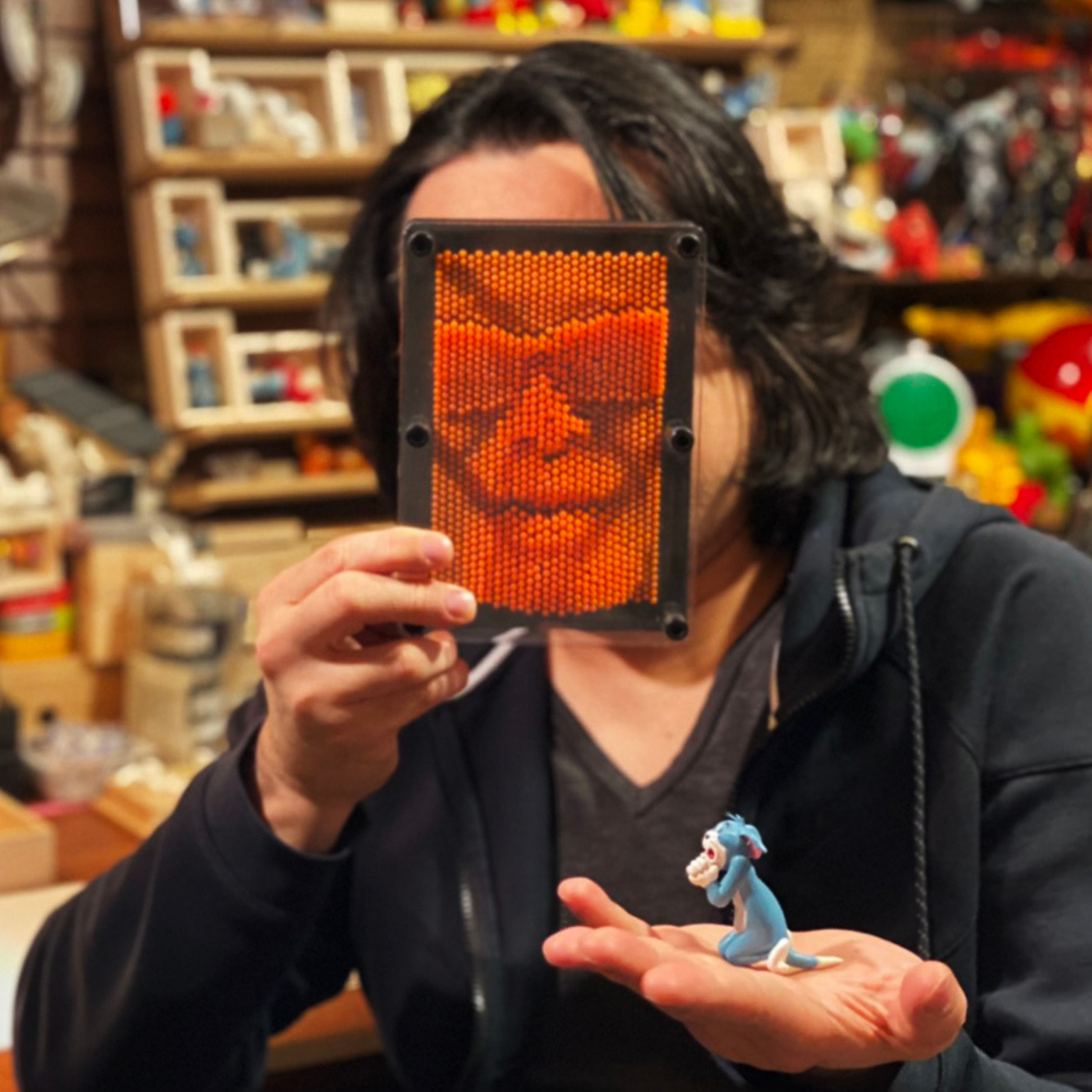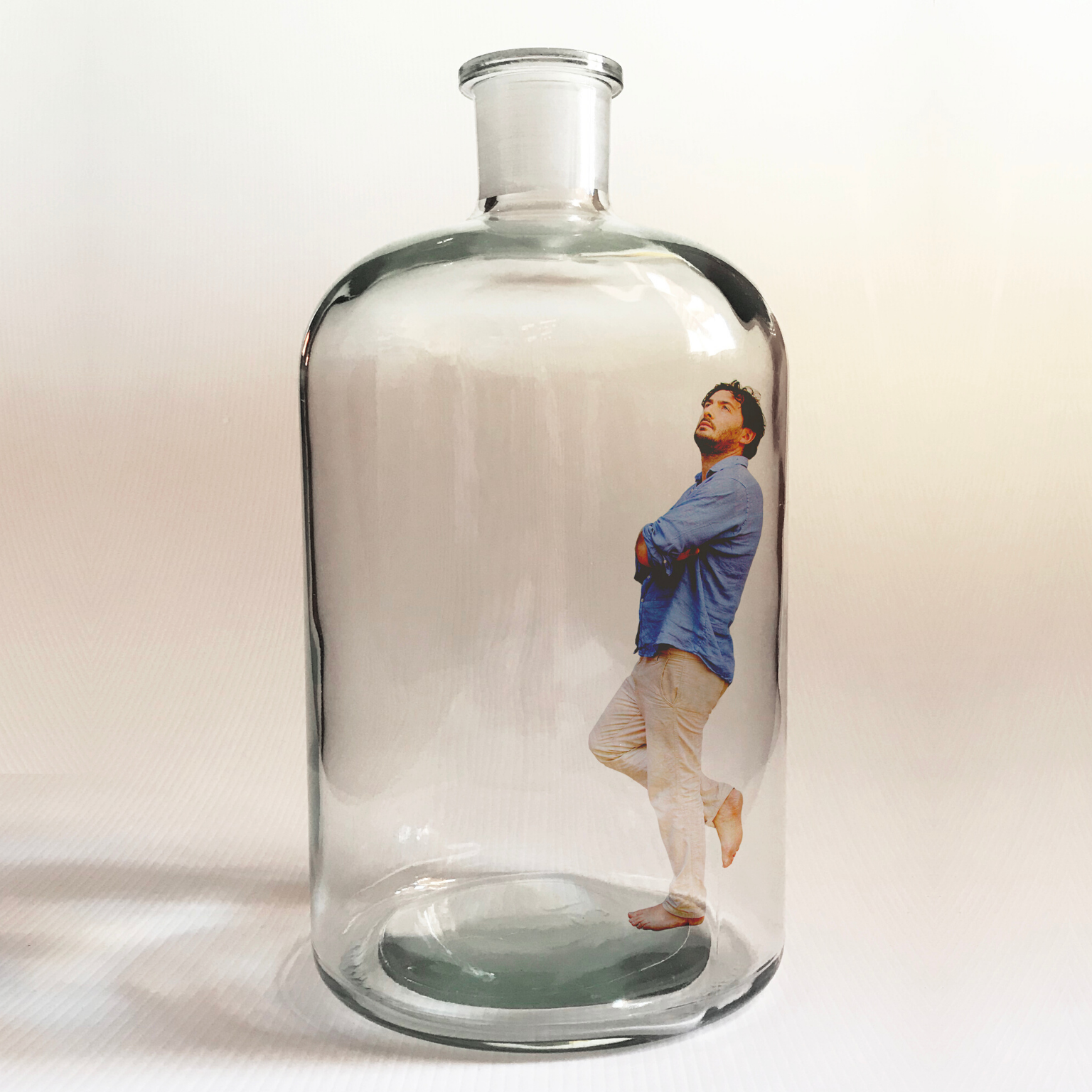Abel Azcona is a Spanish artist originative from the city of Pamplona. Photography © Courtesy of Abel Azcona
1.In your opinion, what is the role of a museum?
Art must be understood as a transformer tool. I understand the creative process as a social, critical and political tool. We should think of the institutions created for art as a necessary amplifier and colaborator in the communicative and socially transformative process that art implies.
However, many museums haven’t been capable of adapting to the new mindsets, which view contemporary art as discursive and political above the aesthetic, so it becomes the artist’s duty to encroach -artistically speaking- this spaces and to make the visitor or viewer leave the space transformed. We shouldn’t conform with a merely esthetic experience.
2.What are your favorite museums in the world? Why?
Fifteen years ago, I started doing my first performances in the streets of my native city, Pamplona, so I try not to loose the esence that streets or spaces which are more on the underground side hold. I have had the oportunity to dsisplay my work at the Venice Arsenale, the Bogotá Museum of Modern Art, the Art Leage Houston, the Ramirez Villamizar Museum of Modern Art, the Leslie Lohman Museum in New York, the Museo Norte in Santander, the Málaga Contemporary Art Centre, the Barranquilla Modern Art Museum, the Círculo de Bellas Artes of Madrid, the Alicante Museum of Modern Art or the Bogotá Contemporary Art Museum.
All of these institutions have dared to open their doors to polemic, to raw art and to the understanting of art as procesual and experiential, as cathartic and visceral, as a political and corporal revolution.
3.How important are social networks in your business? And which platform do you prefer and why.
Galleries and museums have a limited capacity so, especially in performance art, because of its ephemeral nature, social networks haves been a way to make each piece reach further and to extend the echo of the action as much as possible, so they can be seen as a prolongation of the gallery itself, where the artist has the oportunity to include in his creative processes not only to the visitors of the space but to a larger audience of viewers directly of indirectly.
I always talk about my works as procedural pieces, so if we democratize the artistic process to each interpellated person; the spectator, the critic, the detractor or the denounciator, we will be able to make evident parts of the work -to which other techniques from the past such as painting and sculpting are not able to-, so social networks can be seen as part of the piece. If a spectator denounces, insults or critiques through them, they are participating in the work directly.
4.To create greater engagement among museums, artists and professionals, do you have any advice for cultural projects such as #MuseumWeek?
I believe that every axis of the artistic world and field have to sail jointly, so we must be consequent in the way we understand contemporary as a tool for transformacion and when establishing these links we need brave museums.
The enemy must not be inside the art world, the art world should overcome it and transform it through art. I consider events like this necessary to create links, visibility and common empathy. Art should reach as wide a public as possible, so events like this help pluralize and democratize it.
Interview by Fabio Pariante, journalist
MORE
Abel Azcona on social networks: Twitter, Instagram, Facebook
Abel Azcona (Madrid, 1988) is an artist originative from the city of Pamplona. His work, linked to his life experience, is shown in artistic media like performance art and installations, sculptures, videoart, paintings or writings. His work has been displayed exhibitions in more than fifty countries and he has taken part in numerous festivals and contemporary art events such as the Arsenale di Venezia, the Lyon Biennale, the Miami Performance Art Festival, the Live Art Biennale in Bangladesh or the Asian Art Biennale, Dhaka-Taipei.
Azcona is present in several national and international museums and cultural centres such as the Bogotá Modern Art Museum, the Art League Houston, the Leslie Lohman Museum in New York or the Círculo de Bellas Artes de Madrid. The Bogotá Contemporary Art Museum dedicated him a retrospective exposition in the year 2014, with a wide selection of his work, characterized for approaching themes like violence, human rights, sexuality, pornography, terrorism or religion.



